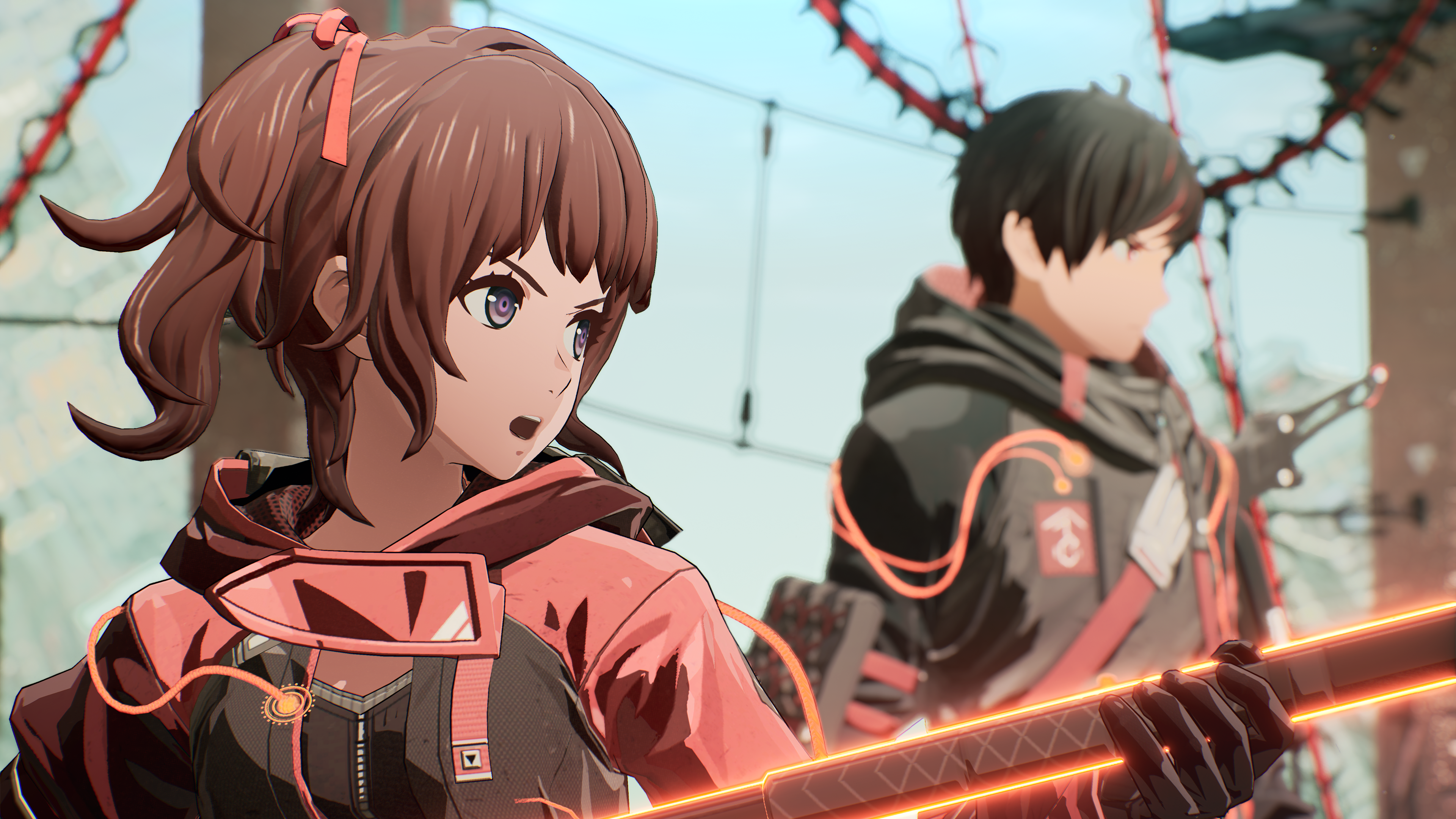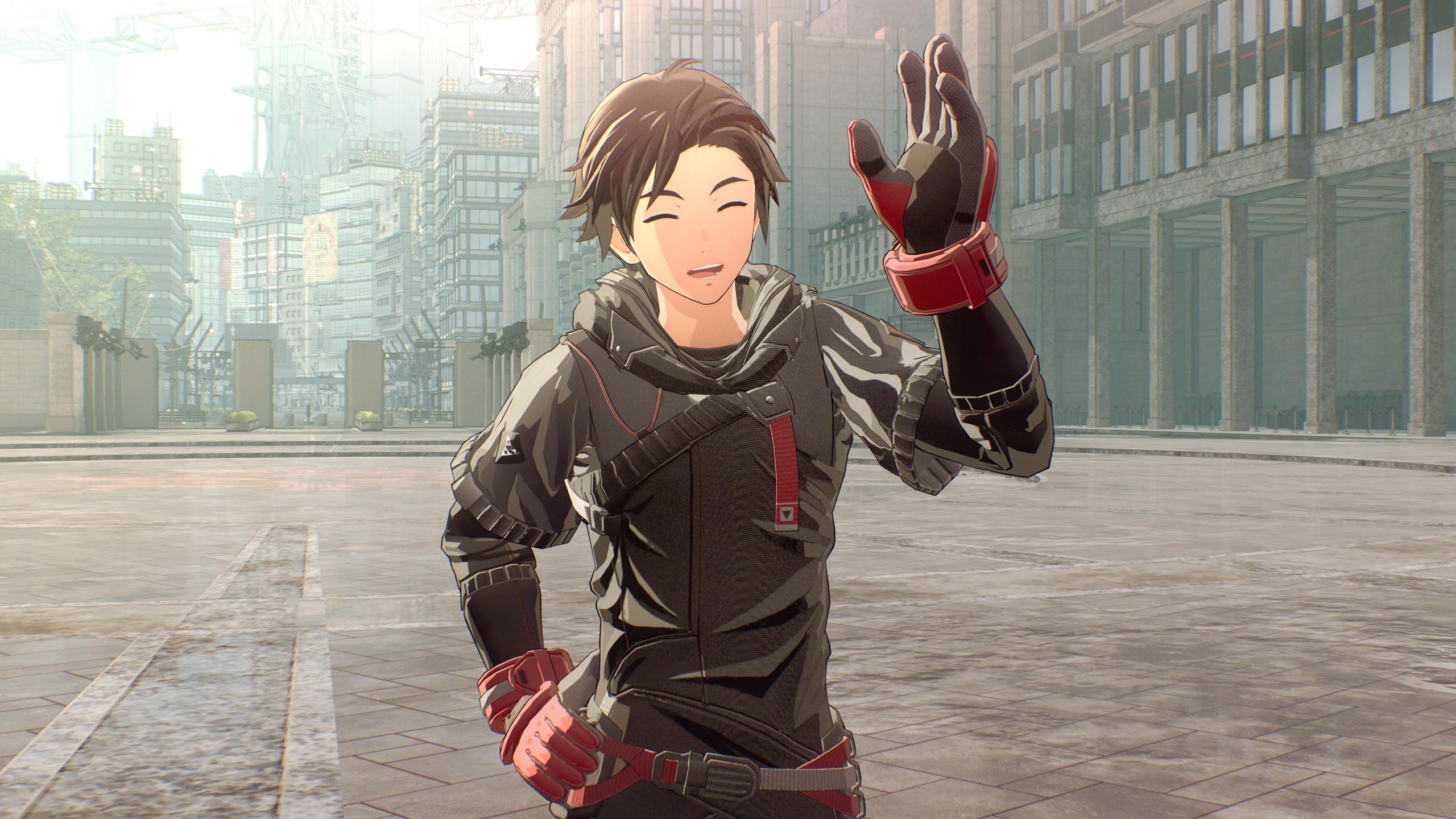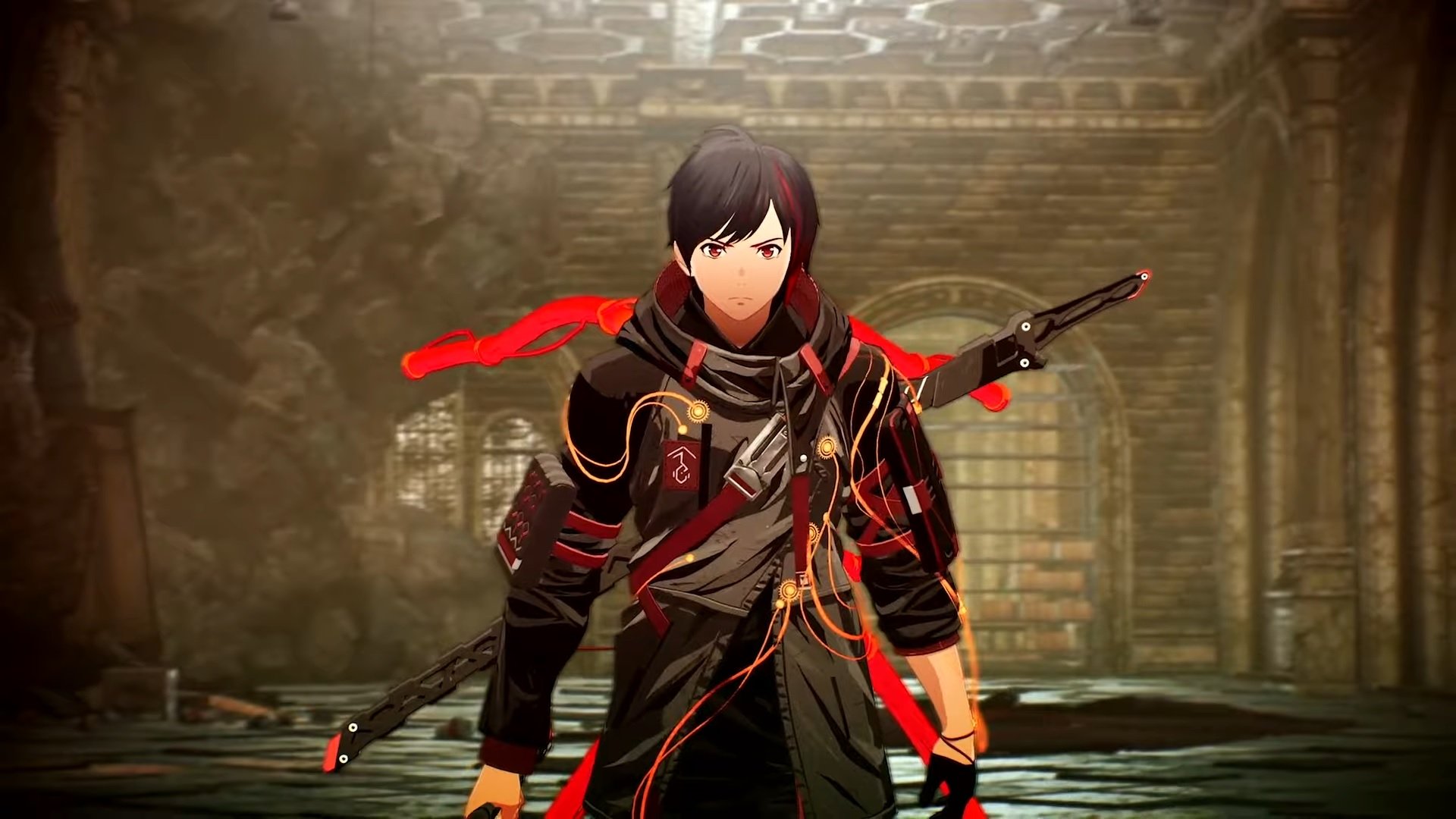

The standby phase is also where the game’s bond episodes are easiest to access. This allows you to go back to previous areas to farm resources (which is purely optional) or level grind (wholly unnecessary). Jumping between story sequences, fighting through the levels, and the boss battles keep the pace moving so that it’s hard to get bored with what’s happening.Īfter you get through the story part of a phase, you’ll then return to your hideout for standby. Scarlet Nexus also has a large number of boss battles against both Others and human enemies alike. There are nooks and crannies to explore for resources while battling Others, but the paths are linear. Story phases tend to have you go into levels that mostly see you fight your way from one end to another to get to the next icon. That being said, the writing is more than up to snuff. If you’re not into the story, these sections will probably be too common for you, as there are a ton of them and they can go on for quite some time. Character portraits will show up in front of these and flap their gums as well. Instead, almost all of the game’s story is presented through visual novel-style sections where text appears over still frames. There are some normal cutscenes, but they are relatively few. I wasn’t prepared for just how dialogue-heavy Scarlet Nexus actually is. Once you reach these icons, a story sequence will kick off. You’ll either simply walk to them or travel to the area where they’re located. Each of these gives you icons to navigate to in the game’s maps.
SCARLET NEXUS PC SERIES
The game is divided into a series of story phases. It’s not about spending hours on end fighting or doing repetitive quests the plot drives everything. It’s important to note that Scarlet Nexus is very much a narrative-focused game. The game also contains one of the saddest scenes I can recall seeing in any game. Even the ones who appear to be regurgitations of tired archetypes. A lot of the individual elements can be a bit hokey, and some of the big reveals are either obvious or silly, but the story is effective and most of the characters are likable. There are consistent twists and turns as you learn new facets of the characters and the history of the world they inhabit. As the plot develops, you’ll learn all about the history of this alternate world. The Others are more of an obstacle than anything else, and the story focuses on whichever main character you pick, as well as their squadmates. But this isn’t a struggle for survival sort of story like Attack on Titan or anything. They’re a group of combatants that battles an inhuman menace known as Others, which feed on human brains. Each of the two are cadets in the OSF, the Other Suppression Force. When Scarlet Nexus begins, you’re given the choice between two characters: Yuito and Kasane. Together, they make for a game that’s worth playing for anyone who enjoys action games and manga-style stories. The story is similarly enjoyable, with a decent-sized cast of characters and an interesting, if tropey, narrative.

The action is a bit simpler than I’d hoped, but it’s still entertaining and fairly unique in some respects. Instead of an action RPG, I’d call it part action game, part visual novel.

The game is billed as an action RPG and some of its key personnel were involved in past Tales games, but that doesn’t quite get across what the game is exactly. As such, if you don’t like manga or anime, you probably won’t find the game particularly interesting. Since you likely have eyes, you’ve almost certainly noticed this. Scarlet Nexus, if you can’t tell via a cursory glance, is a game with a very strong manga/anime influence.


 0 kommentar(er)
0 kommentar(er)
